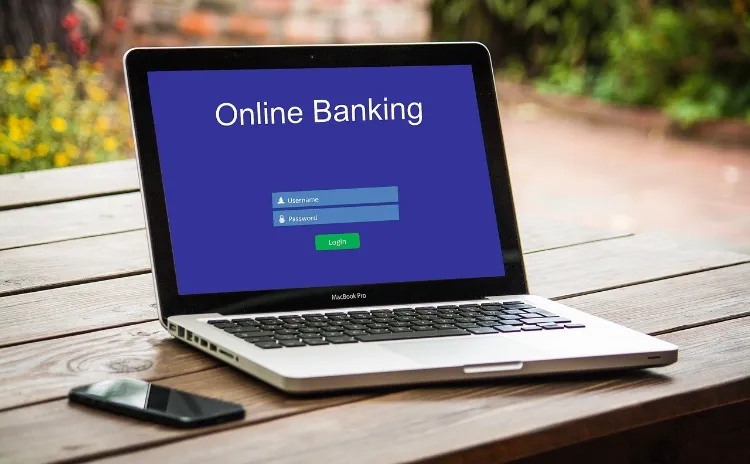Opening an online checking account can provide significant conveniences over traditional brick-and-mortar banks. With an online checking account, you can deposit checks remotely, pay bills, transfer money, and even earn interest, often without monthly fees. However, with many options to choose from, selecting the right online checking account matters. This definitive guide will walk you through the key factors to help match your banking habits with financial institutions that best fit your lifestyle.
Compare Fees
One of the biggest potential advantages of online checking accounts are reduced or no monthly maintenance fees. Ideally, you want an account with no monthly fees at all. If that’s unrealistic for your usage habits, prioritize accounts with low fees or ways to waive fees. Some accounts rebate out-of-network ATM fees to compensate. Others allow you to open a bank account online no deposit. Understand all the ways different accounts charge fees so you can avoid unnecessary charges.
Evaluate Convenience Services
A primary motivation for online checking accounts is enhanced convenience through digital services. Determine what matters most – a robust mobile app, easy online bill pay, external account transfers, mobile check deposit, ATM access or other offerings. Check that the financial institution provides sufficient conveniences to match your banking preferences.
Assess Interest Rates
While interest rates remain generally low currently, the highest yielding online checking accounts offer up to 20 times the interest rates of national brick-and-mortar banks. To earn the best returns while keeping money easily accessible, Interest checking could offer a smart middle ground between traditional checking and high-yield savings for your excess cash.
Check Accessibility
Just because banking is online doesn’t mean you’ll never need in-person support. Those wanting branch access can consider online divisions of established national banks. Otherwise, review an online bank’s ATM arrangements, customer service hours and options, and account security protections in case unauthorized charges ever occur.
Compare Mobile Apps
If banking via a smartphone app matters, research user reviews and ratings between bank apps. Assess factors like ease of use, remote deposit smoothness, money transferring simplicity, personal financial management tools and overall app responsiveness. Don’t overlook this vital digital touchpoint in your banking experience.
Consider Online Banks with Physical Branches
For those who like online convenience but still want in-person support options, several banks exist that bridge the online and physical worlds. These include digital banking departments from large brick-and-mortar institutions. Other examples are newer national banks that operate digitally but maintain branches in certain metro areas.
These hybrid alternatives provide robust online banking capabilities and fee structures that compete with online-only counterparts. However, having select branch locations can ensure localized assistance if ever needed.
For consumers wanting the “best of both worlds,” banks with both a strong digital presence and physical locations combine comprehensive online account management with branch accessibility if necessary down the road.
By better understanding one’s unique financial profile – from spending habits, account balances, transaction frequency and more – consumers can identify banks aligning with their checking account needs. Weigh all above factors like fees, digital services, interest earnings, accessibility and mobile effectiveness as essential elements toward matching specific lifestyle requirements. Taking time to properly evaluate key components increases the likelihood of choosing the optimal online checking account.



